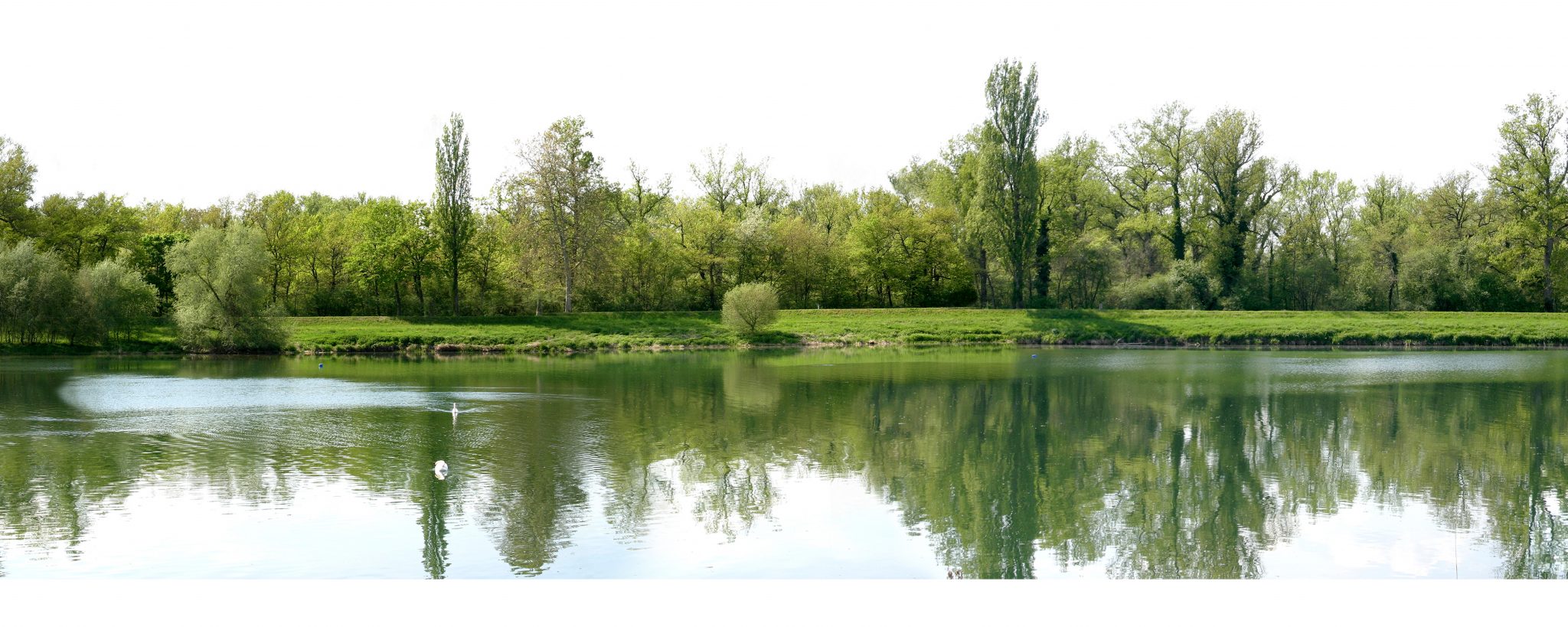Past exhibition
Instructions for self-experiment. Baedeker’s first trip to the Rhine as an artistic excursus
23.09.2021 – 28.11.2021
Karl Baedeker (1801-1859) opened a bookstore in Koblenz on July 1, 1827 and took over the publishing house from Franz Friedrich Röhling in 1832. He had published the first Rhine travel guide in 1828, written by the Neuwied historian Johann August Klein and with the descriptive title “Rhine journey from Mainz to Cöln, manual for fast travelers”. It was illustrated with elaborate steel engravings and at the same time marked the beginning of a new one Genres.
The interest in a book explaining this route was very great from the start, especially since regular shipping between Cologne and Mainz with the Prussian-Rhenish Steamship Company had already started in 1827. Röhling’s publishing house was just a stone’s throw from the landing stage.
When Baedeker took over the publishing house a year later, the publisher expanded the publication in 1832, initially with a map showing the course of the Rhine. Significantly revised, he published the travel description again in 1835 by extending the “Rhine trip” to include the routes to Basel and Rotterdam. This formed the cornerstone for Baedecker’s numerous publications on the subject of individual travel and education, in that from now on he always presented new tourist routes and destinations.
Karl Baedeker basically invented modern tourism and is famous for his detailed descriptions of carefully worked out travel routes, which were increasingly in demand among an educated group of readers and which inspired individual travel. The own discovery of landscapes, their special charms and historical details combined to form a new, hitherto unknown symbiosis, in which romantic literature was absorbed at the same time. The landscape along the Rhine Valley received an unexpected boost from the new possibilities of industrial mobility (shipping; rail travel) and changed the perception of the landscape.
At the same time, poets and painters (especially the English landscape painters) consolidated the “Rhine landscape” topos through their descriptions, poetic poems and painterly sketches as well as panoramas. Illustrated with twelve lithographed views of noteworthy castles, historic churches and palaces, etc., the publication corresponded to the art and educational taste of the time by offering the most distinctive features and characteristics in an illustrative way to describe the description. The “Rhine journey” is in the context of the recently emerging Rhine romanticism, with the discovery of castles, palaces and antiquities along the Rhine – as the Schlegel brothers and some romantic poets (e.g. Heine, Brentano) had already developed as a special subject of their history of ideas.
Baedeker’s first Rhine travel guide “Rheinreise von Mainz bis Cöln, Handbuch für Schnellreisen”, historically, topographically, and pictorially edited by the historian Prof. Johann August Klein (1778-1831), is to become the basis of the current art project.
The two artists, Stephan Kaluza and Ingo Bracke, have already dealt intensively with the Rhine as the subject of their artistic works. Stephan Kaluza, by documenting the entire course of the Rhine with 21,000 photos (Rheinprojekt, 2007) and Ingo Bracke, by examining the motif of the Loreley rock and illuminating it with an elaborate light installation (Loreley tetralogy, 2008- 2009).
Both artists take up different moments in their works that already played a role in Baedeker’s earlier publication – at the beginning of a great travel boom: the vividness of the landscape (epic duration, seeming constant flow) in contrast to transience and fast pace due to the type of travel itself . For the project, the two artists develop a new spatial concept with their work, in which one noticeably merges into the other.
Stephan Kaluza will illustrate the process of creation and spread the photos from the Mainz – Koblenz section as working materials. At certain points, listening stations with texts from and about the Rhine project should be audible.
Ingo Bracke deals with the idea of dioramas, which played an enormous role in relation to the experience of landscape, especially in the emerging 19th century. In his specially created diorama, he will bring his own travel film to life, which he recorded during his train journey from Mainz to Koblenz. Random things, image disturbances, but also longer passages of the landscape, noises in the train as well as the quiet rattling of the train’s wheels mix into a separate sound space, which he fills with the sound of the “Loreley Opera” by Alfredo Catelani (premiered in 1890).
Photo documentations and an artistic views of the Rhine can be experienced, as well as contemporary moments of traveling in the industrial age, mixed with motifs from legends and individual experiences.
More about the exhibition and the opening program: DIGITAL FLYER

Stephan Kaluza: Rheinprojekt 2, 2017. Fotografie. © Stephan Kaluza
